Here are facts about Jammu and Kashmir, covering its geography, history, culture, politics, tourism, and more:
Jammu and Kashmir, often referred to as the “Paradise on Earth,” is one of the most beautiful and culturally rich regions of India. Nestled in the lap of the Himalayas, this union territory holds immense historical, geographical, and political significance. With snow-capped mountains, serene lakes, lush valleys, and vibrant traditions, Jammu and Kashmir is a land where natural beauty meets deep-rooted heritage.
This article provides a comprehensive overview of Jammu and Kashmir, exploring its history, geography, culture, political evolution, tourism, and modern development.
Geographical Overview
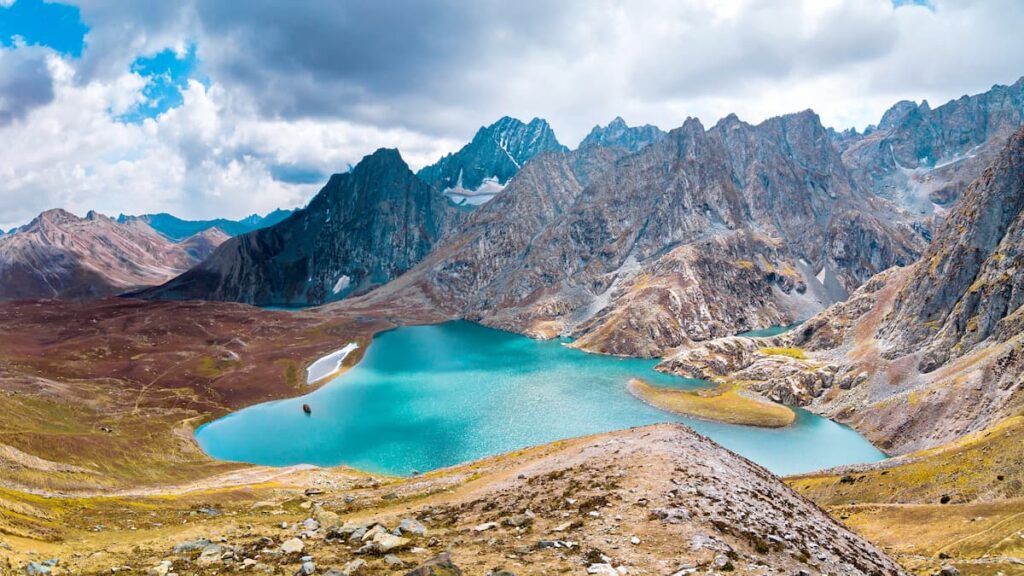
Jammu and Kashmir is located in the northernmost part of India. It is bordered by Pakistan in the west, China in the northeast, and Ladakh to the east. The union territory is divided into two major regions:
- Jammu: Known for its temples, forests, and plains.
- Kashmir Valley: Famous for its breathtaking natural beauty and cool climate.
- Capital: Jammu (winter), Srinagar (summer)
- Area: Approximately 55,538 square kilometers
- Major Rivers: Jhelum, Chenab, Tawi
The region is part of the Himalayan mountain system, with picturesque landscapes, alpine meadows, and glacial rivers.
Historical Background
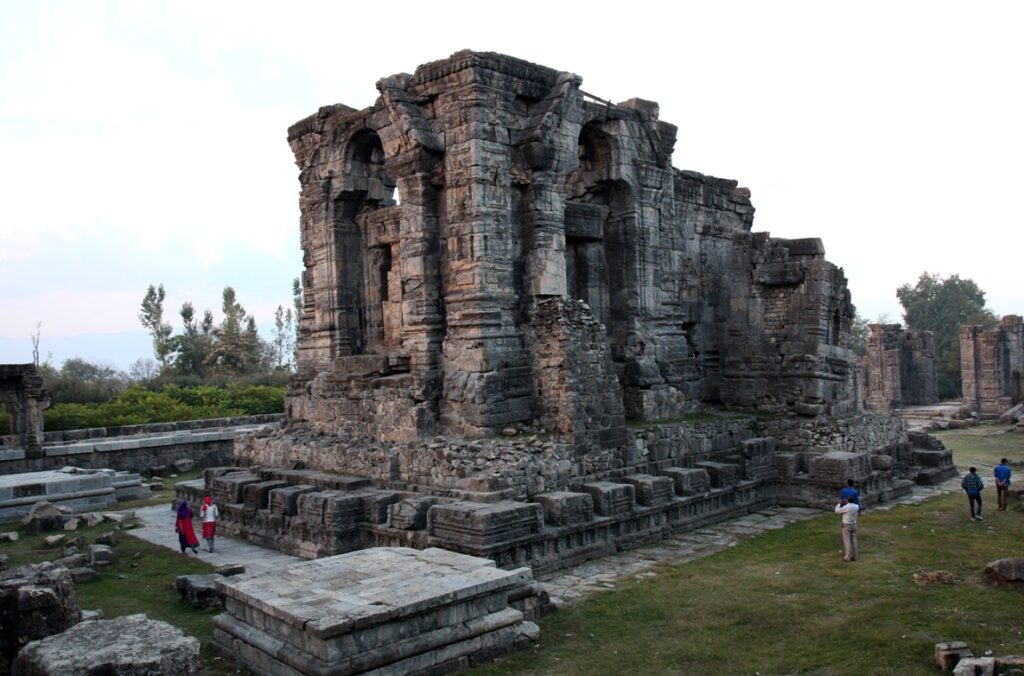
Jammu and Kashmir has a complex and diverse history. For centuries, it was ruled by various dynasties, including:
- Mauryas and Kushans in ancient times
- Mughals in the 16th century, who left behind rich architectural and cultural heritage
- Sikhs under Maharaja Ranjit Singh in the 19th century
- Dogra dynasty under Maharaja Gulab Singh after the Treaty of Amritsar in 1846
At the time of Indian independence in 1947, the princely state of Jammu and Kashmir was given the choice to join India or Pakistan. Maharaja Hari Singh chose to accede to India, which led to the first Indo-Pak war and the establishment of the Line of Control (LoC).
Political Developments
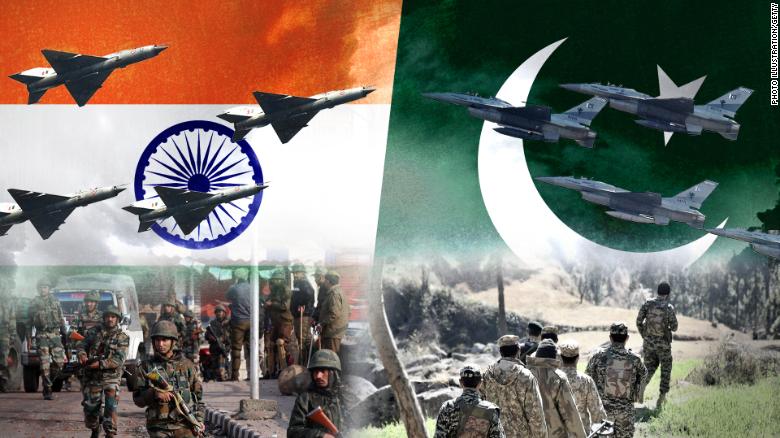
Jammu and Kashmir has been at the heart of India-Pakistan tensions since 1947. Over the decades, it experienced political instability, militancy, and frequent border skirmishes.
A major turning point occurred on August 5, 2019, when the Government of India revoked Article 370 and Article 35A of the Indian Constitution, which had granted special autonomy to the state.
Key outcomes:
- Jammu and Kashmir was reorganized into two union territories: Jammu & Kashmir and Ladakh.
- Central laws now apply fully in the region.
- It opened up opportunities for investment, development, and governance reforms.
While the move sparked debates, it marked a significant political transformation in India’s federal structure.
Demographics and Languages
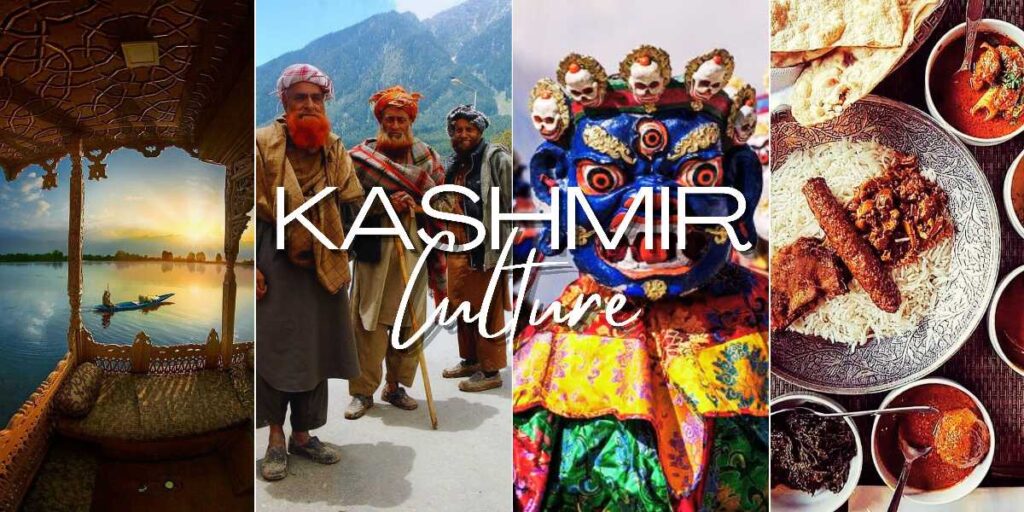
Jammu and Kashmir is a diverse land with people of various ethnic, religious, and linguistic backgrounds.
- Religions:
- Muslims (majority in Kashmir Valley)
- Hindus (majority in Jammu region)
- Sikhs, Buddhists, Christians (minorities)
- Languages:
- Kashmiri
- Dogri
- Urdu
- Hindi
- Punjabi
- Gojri, Pahari (regional dialects)
Urdu is the official language, while English is used in administration and education.
Culture and Traditions
The culture of Jammu and Kashmir reflects a blend of Persian, Central Asian, and Indian influences.
Clothing:
- Men wear pheran (a long loose gown), especially in Kashmir.
- Women wear embroidered garments and jewelry, often showcasing local craftsmanship.
Art and Handicrafts:
- Pashmina shawls, carpets, wood carvings, and papier-mâché products are world-renowned.
- Kashmiri embroidery (Aari and Sozni) is intricate and elegant.
Music and Dance:
- Traditional Sufi music, Rouf dance (by women), and Bacha Nagma (folk dance by boys) are cultural staples.
Cuisine:
- Wazwan is a traditional Kashmiri feast featuring dishes like Rogan Josh, Yakhni, Gushtaba, and Modur Pulav.
- Jammu is famous for Rajma-Chawal, Kalari cheese, and Dogri sweets.
Tourism: Heaven on Earth
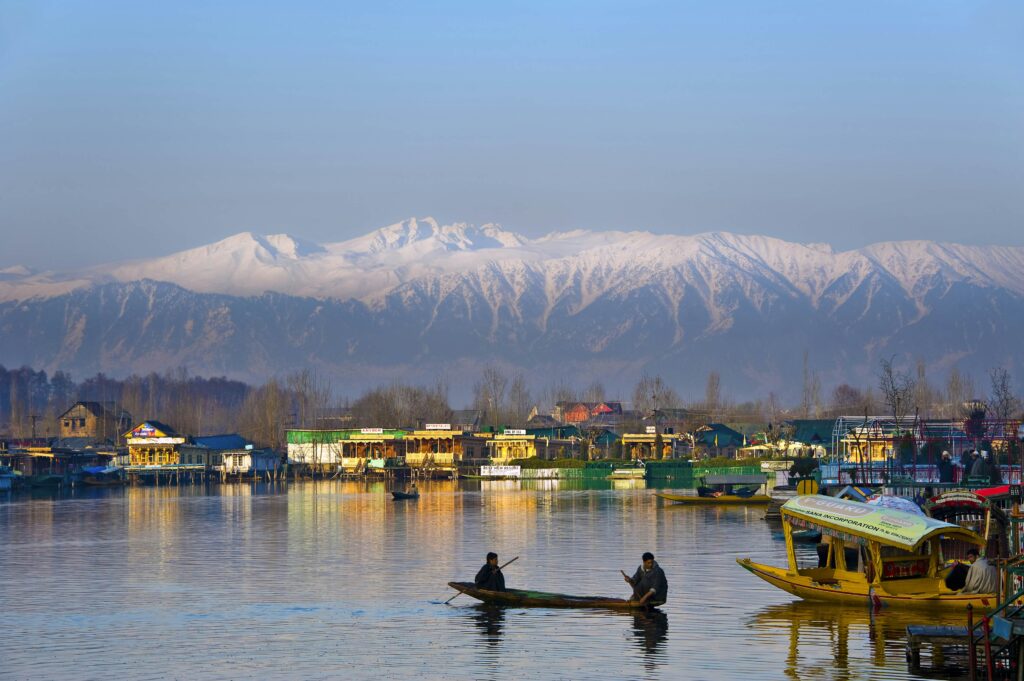
Tourism has always been a backbone of the region’s economy. Known for its unparalleled beauty, the region attracts tourists from across the globe.
Popular Tourist Attractions:
Kashmir Valley:
- Srinagar: Dal Lake, Shikara rides, Mughal Gardens, Hazratbal Shrine
- Gulmarg: Skiing, cable cars (Gondola ride), snow sports
- Pahalgam: Lidder River, scenic valleys, trekking
- Sonamarg: Glaciers and meadows
Jammu Region:
- Vaishno Devi Temple: One of the holiest Hindu shrines, attracting millions annually
- Patnitop: Hill station with pine forests and adventure sports
- Raghunath Temple, Mansar Lake, Bahu Fort
Adventure Tourism:
- Trekking, paragliding, skiing, river rafting, and camping are popular activities.
Ecotourism:
- The region is home to diverse flora and fauna, including the Hangul deer, snow leopards, and Himalayan brown bear.
Economy and Livelihood
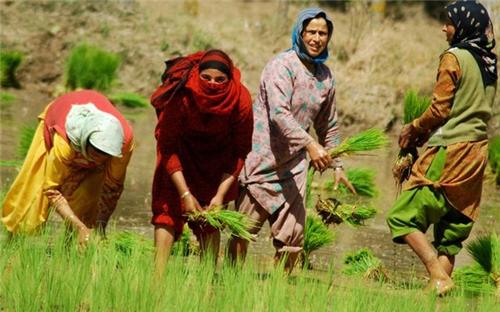
Jammu and Kashmir’s economy relies on:
- Agriculture:
- Apples, walnuts, saffron, rice, and barley are key crops.
- Kashmir is India’s largest producer of apples and saffron.
- Handicrafts:
- Provides employment to thousands of artisans.
- Carpets, shawls, and woodwork are exported globally.
- Horticulture and Floriculture:
- Major revenue generators in the valley.
- Tulip cultivation and gardens add to tourism.
- Tourism:
- Once a prime source of income, tourism is reviving post-2019 reforms.
- Hydropower:
- The region has vast potential for electricity generation through rivers like Jhelum and Chenab.
Despite challenges, efforts are being made to attract investments and promote start-ups, education, and IT development.
Education and Infrastructure
The government has focused on improving education, healthcare, and digital connectivity.
- Universities: University of Kashmir, Jammu University, Sher-e-Kashmir University of Agricultural Sciences and Technology
- IIT, IIM, and AIIMS-type institutions are planned or already functioning.
- Roads, railways, and internet infrastructure are being expanded.
Special focus is given to youth empowerment, skill development, and women’s education.
Security and Peace Initiatives
The region has witnessed periods of militancy and unrest. However, security measures and peace initiatives have improved stability in recent years.
- Ceasefire agreements and dialogues with local leaders aim to restore long-term peace.
- Community engagement programs, cultural festivals, and sports events are encouraging youth participation.
The region’s future lies in a peaceful, prosperous environment that nurtures its potential.

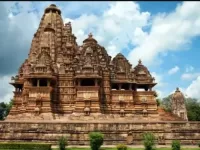



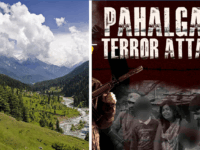

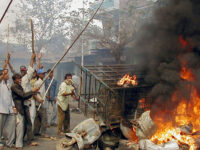


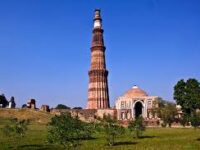







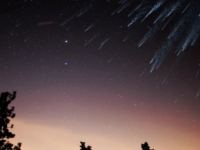




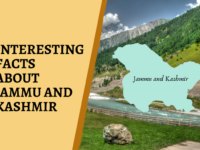
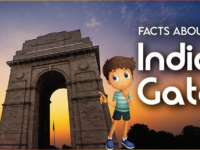

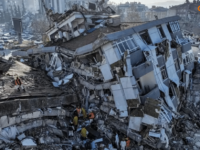


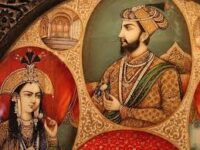









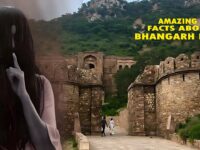
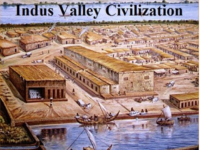











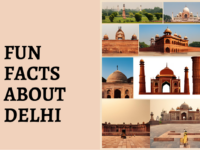


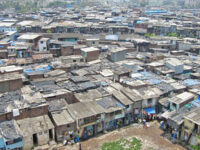
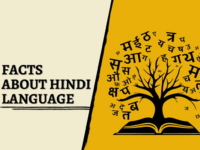
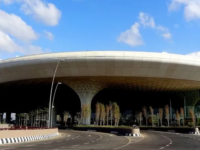







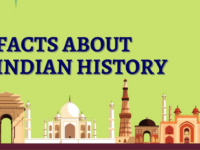
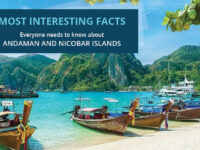
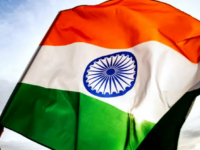


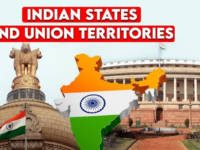


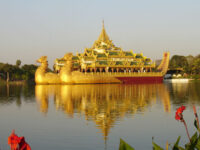



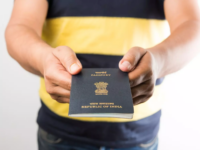
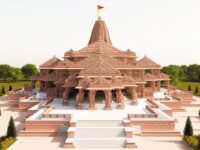

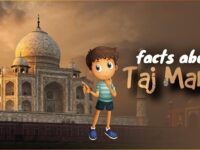






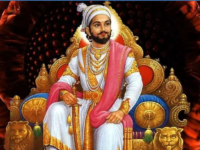














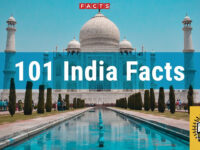
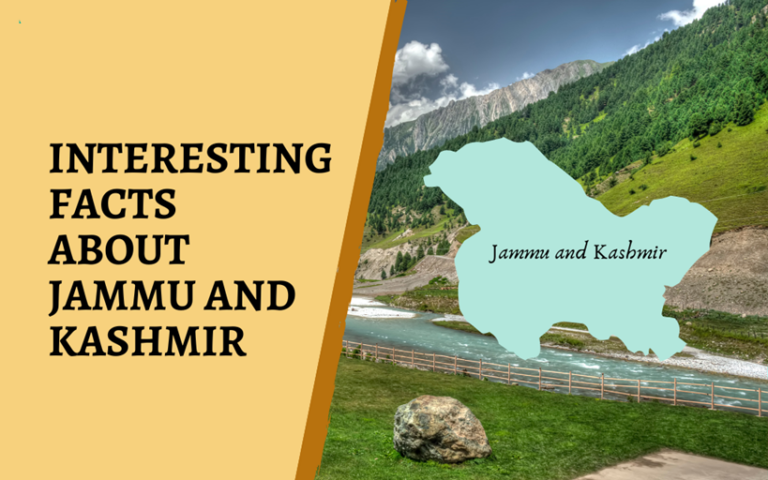
0 Comments